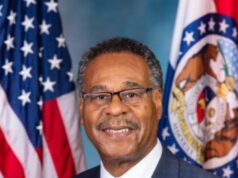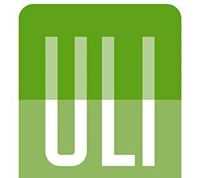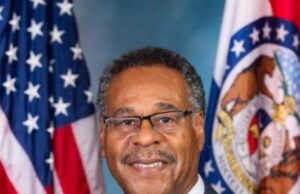The reconstructed roadways will benefit over 382,000 residents that live in the Cordillera Central
Guaynabo, PUERTO RICO – RealEstateRama – Puerto Rico’s Cordillera Central and the public roads that connect the 15 municipalities that are part of it have received —to date— obligations totaling over $672 million from the Federal Emergency Management Agency (FEMA) to repair bridges and roads in the area. These roads are a key element for the safe transportation of residents and for the small businesses that surround this area of touristic and cultural value.
“The reconstruction in this area brings with it other collateral benefits, such as activity in the surrounding businesses. We understand the positive impact of these reconstructed roads on other sectors and that is why 95 percent of these projects have funds assigned for mitigation activities to prevent this type of damage from happening again,” said Federal Disaster Recovery Coordinator José G. Baquero.
In Jayuya, FEMA allocated nearly $268 million for 123 projects aimed at repairing municipal roads. One of these projects entails the repair of two municipal roads in the Limón Sector at Mameyes neighborhood with nearly $3 million. Here the asphalt and concrete curbs and gutters will be replaced, and gabion walls and metal rails will be installed.
The mayor of Jayuya, Jorge González Otero, said that the road repairs in this agricultural coffee-growing area not only benefit the residents, but also have an impact on the economic sector, since near this area is the Tierra Alta Agrotourism Project, a coffee plantation where an aerostatic balloon was located, among other attractions.
“People see the difference in those places where these works have been developed with new asphalt, curbing, walls, metal railing and mitigation measures. The transformation is like night and day compared to how our roads were left after María, especially in this neighborhood that is the home of more than 100 families, most of them with limited resources,” said González Otero.
Mitigation measures increase resilience in projects, which was the case of Naranjito. There, FEMA obligated nearly $36 million for several road projects, like the El Banco Road in the Cedro Arriba neighborhood. About $418,000 of the allocation was assigned for mitigation measures that included a concrete curb along the road to collect and direct runoff water away and prevent erosion. Also, over 2,500 plants were planted to protect the embankment fill and a jute mesh was placed over slopes to reduce the effects of erosion, among other measures.
According to the deputy mayor of Naranjito, José Rafael Rodríguez, mitigation measures translate into a strengthened municipality, which was demonstrated when the rainfall associated with Hurricane Fiona did not affect the project. Likewise, this roadway serves as an alternate route in case of emergencies or when there is heavy traffic, making the repairs a source of relief for the more than 100 families that drive on the road.
“This area has schools, academies and about ten to twelve businesses. In addition, there is a positive impact for tourism because many people take this road to visit several well-known restaurants in the area visited by people from all over the island. Also, by making the road wider, there is more space for vehicles, and it is much safer, something very important for residents,” said Rodríguez.
On the other hand, for small businessowner Aníbal Luis López Vásquez, owner of a restaurant operating on Carr. 809 for the last six years, the damage to these roads limited access to the site and, therefore, visits from customers and tourists to his business. “It’s very important that these funds are allocated because they make the roads accessible to people who are nervous about road safety. Having roads in good condition and well-built, clean and safe gives confidence to people. These repairs have a positive impact because it makes tourists and clientele feel safe, so they can enjoy our businesses and our town,” he said.
The Executive Director of the Puerto Rico Tourism Company, Carlos Mercado, said his agency is pleased with FEMA’s contribution to repair roads in the mountain area, which he considers “one of the most attractive for local tourism and to receive tourists from abroad.” “It is gratifying to have safe and accessible roads so that our citizens and visitors can enjoy the natural beauties, exquisite gastronomy, historical and cultural attributes found in this region. This project will contribute to enhance the visitor experience and strengthen the tourism industry as an economic development tool for these municipalities and for all of Puerto Rico,” said Mercado.
According to engineer Manuel A. Laboy Rivera, Executive Director of the Central Office of Recovery, Reconstruction and Resilience, or COR3, per the Quarterly Progress Report from October to December 2022, municipalities are leading close to 2,000 projects, most of which are developments in the Central Cordillera area, and there is an increase of projects under execution in the category of roads and bridges. “At COR3 we will continue our efforts to provide the right tools for municipalities to continue advancing their reconstruction projects so necessary for the wellbeing of our citizens,” said Laboy Rivera.
To date, FEMA has obligated over $29 billion under its Public Assistance program to help Puerto Rico recover from Hurricane María.
For more information on Puerto Rico’s recovery from Hurricane María, visit fema.gov/disaster/4339 and recovery.pr. Follow us on our social media at Facebook.com/FEMAPuertoRico, Facebook.com/COR3pr and Twitter @COR3pr.
















